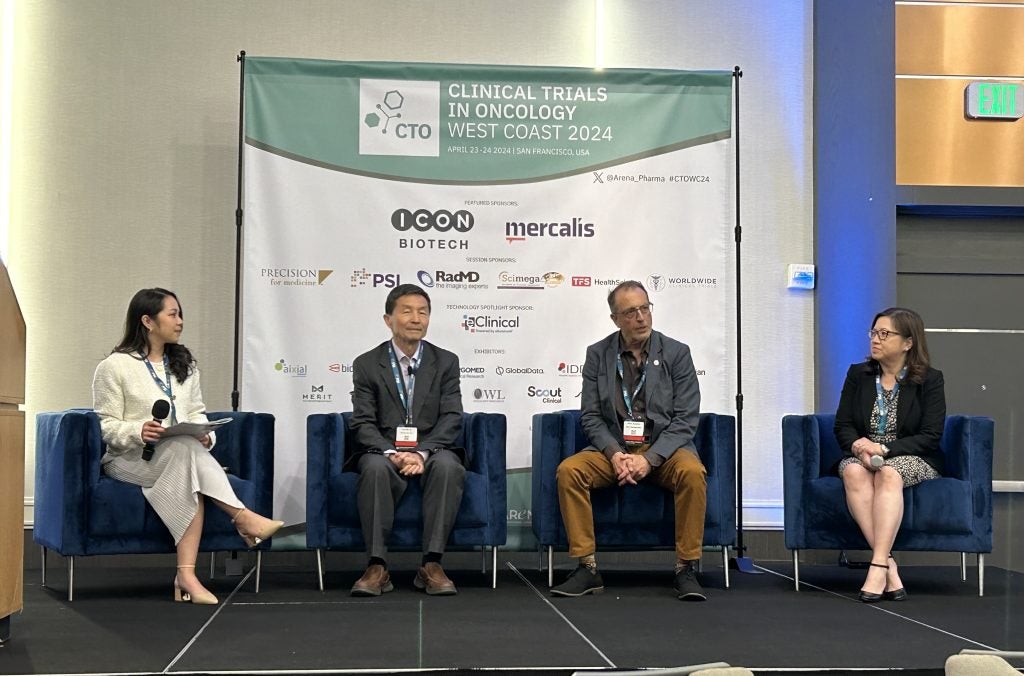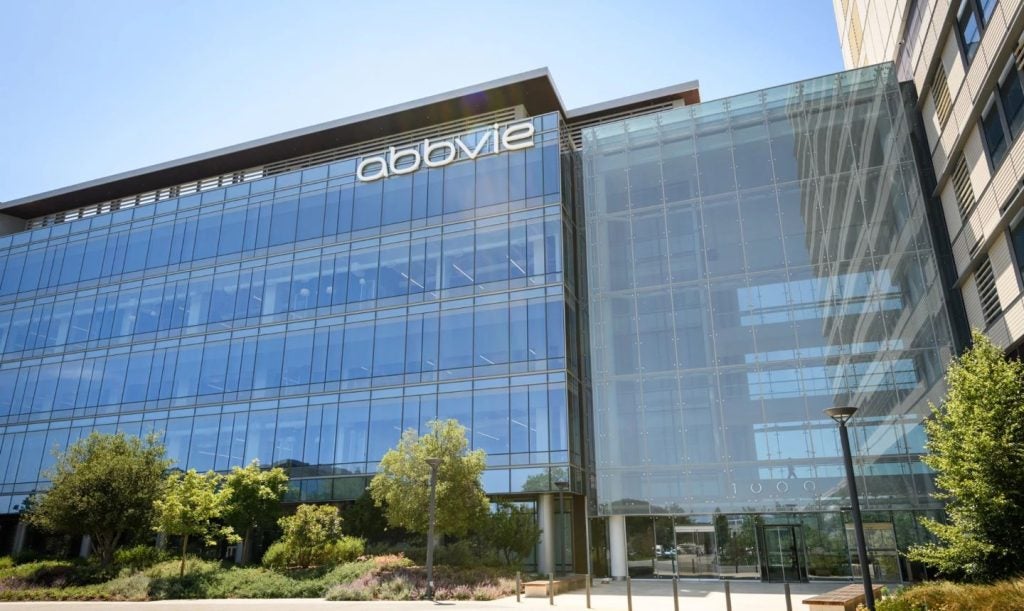
When it comes to GCP sponsor inspections there are numerous agencies throughout the world that may review your organizational practices. There only a handful, however, that all companies are virtually guaranteed to be inspected by. The organizations referred to are the Food and Drug Administration (FDA), the European Medicines Agency (EMA), the Medicines and Healthcare products Regulatory Agency (MHRA) and the Pharmaceuticals and Medical Devices Agency (PMDA) (which falls outside the scope of this article). The observations noted are firsthand experiences of the differences between agencies during inspections and will be reviewed by category.
Agenda
While the FDA will agree to a schedule for their visit they will not provide a breakdown of the topics they intend to review and discuss. These can be anticipated by reviewing the Bioresearch Monitoring Program (BIMO) manual in advance of the visit. The EMA/MHRA, on the other hand, will provide a detailed agenda of the topics they intend to review and discuss. It is important regardless of the agency however to understand that the schedule will often change and to be prepared to accommodate that.
Inspection Focus
FDA inspectors will spend some time reviewing general processes (e.g. related to safety reporting and Investigational Product handling), but their primary focus will be on study specific activities. The approach will generally be to follow the BIMO manual and to assess compliance on a given study. The EMA/MHRA while also focusing on study specifics in their trial master file (TMF) review will focus primarily on general processes in their Subject Matter Expert (SME) interviews.
Studies
While the FDA and EMA will inform you well in advance of the study or studies they are planning to inspect, the MHRA will often wait until two weeks prior to the inspection. Additionally they may choose unexpected studies. For example, while they might select an anticipated pivotal trial, they may also choose an extension study, a Phase I study or a study run by an organization your company has acquired or merged with. Therefore, it is advisable to be prepared for all possible scenarios.
Inspectors
Whereas the FDA is more prone to send individual inspectors, the EMA and MHRA are more likely to send a team of two-three inspectors. Because of this, companies will usually want to match the number of SMEs to the number of inspectors when meeting face-to-face for interviews.
Trial Master File
The TMF is one of the most significant points of difference between the FDA and the EMA/MHRA. While each agency will review the TMF, the approach they will take is very different. The FDA will generally perform a targeted review in order to confirm information related to various sections in the BIMO manual. Their inspectors may directly review the TMF or they may request a guided review. Additionally, while they want to see documents provided from the TMF during the inspection, they will accept copies from other systems.
How well do you really know your competitors?
Access the most comprehensive Company Profiles on the market, powered by GlobalData. Save hours of research. Gain competitive edge.

Thank you!
Your download email will arrive shortly
Not ready to buy yet? Download a free sample
We are confident about the unique quality of our Company Profiles. However, we want you to make the most beneficial decision for your business, so we offer a free sample that you can download by submitting the below form
By GlobalDataEMA/MHRA inspectors, on the other hand, will perform a thorough and fully comprehensive review of the TMF and will with rare exception plan to directly navigate through the TMF without assistance. The majority of the time spent during the inspection will usually be in TMF review. Importantly, the expectation from these agencies is that most study documents will be found directly within the TMF and will have been entered in a contemporaneous fashion. If a TMF is prepared for an EMA/MHRA inspection, it will likely be ready for any other major agency.
Study Gaps
Another key point of difference between the FDA and the EMA/MHRA is the approach to be taken in regards to important gaps in study performance. Should study gaps be identified by the FDA it is highly advisable to discuss the issues frankly and with a focus on corrective and preventative actions taken as a result. There is not an expectation however for sponsors to proactively point out gaps to the inspectors. Furthermore, given their targeted TMF review, it is less likely that the FDA will identify issues via the TMF.
The EMA/MHRA, however, have different expectations when it comes to the proactive identification of gaps in study performance. Given the highly comprehensive TMF reviews that they conduct, they are far more likely to identify critical gaps in performance. Additionally, they will often request that sponsors be up front about issues they will find. When sponsors comply with this it will not only foster a more collaborative inspection but will often be the difference between a critical and a major finding.
Team Document Reviews
When it comes to critical study documents such as an Investigators’ Brochure, Study Protocol or Master Informed Consent form, the agencies have different expectations on evidence of team review. If an FDA inspector is provided with an SOP showing, which team members are involved in the creation and approval of the document along with their signatures, this will usually be sufficient. The EMA/MHRA, on the other hand, expect direct proof of this and in fact recommend utilizing such programs as Please Review which enable the filing of a single document that includes a full audit trail.
In summary, negative inspection findings can be highly consequential to any organization. It is therefore essential to be fully prepared well in advance. This can be accomplished by learning as much as possible about the differences between the key agencies and what they expect, look for and will cite your organization for in the absence of. By being prepared for these inspections you will not only avoid significant findings in the future but will ensure that you are running high quality trials that will optimally benefit patients.








Related Company Profiles
Bimo ApS
European Medicines Agency (UK)
TMF INC